Earthquakes are among the many dangerous and destructive natural disasters that can occur all over the world, and as the recent quakes that struck Turkey and Syria demonstrate, they are definitely something to be concerned about.
In the most recent earthquake disaster, over 11,000 people died, but the death toll keeps climbing days later.
Earthquakes can vary in their range and intensity, from not being able to feel anything to a mild rumble to an apocalyptic level of destruction that causes a wave of horrific catastrophes over a wide geographical area.
But how do earthquakes happen? How can they be predicted or stopped? Where do earthquakes happen the most and is climate change involved?
Here's everything you need to know.
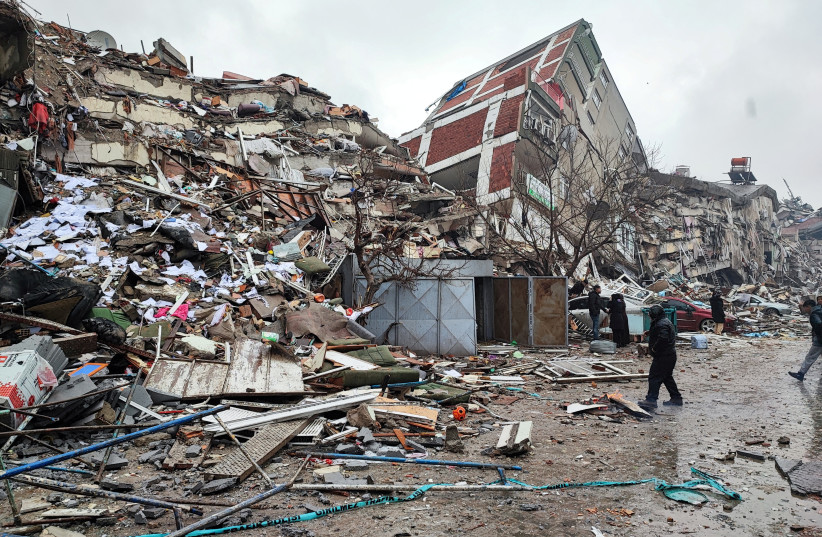
How do earthquakes happen?
An earthquake is essentially just when blocks of earth slip past each other along what is known as a fault.
These blocks of earth are known as tectonic plates, which are what form the Earth's crust, the hard and rocky shell known as the lithosphere.
These plates all shift as the planet does, constantly moving them in different directions like an ever-changing puzzle.
There are many different plates, usually dived into three parts: Major plates, minor plates and micro plates. These plates vary in size and number, with the largest of the plates being nearly 103 million square kilometers.
These plates are always moving but they aren't attached to one another. Each one has boundaries made up of many different faults. The boundaries are what get briefly attached to each other as the plates move and shift around. When the plates start moving away, these faults stay attached, rubbing against each other and building up a lot of stored energy and stress. Eventually, they detach as the plates keep moving, releasing all this stored energy in the form of seismic waves that literally shake the Earth.
Despite this description of plates detaching and the popular image of literal fissures opening in the ground, that doesn't actually happen with earthquakes. The ground itself will largely stay intact, barring the occasional landslide or depression.
The exact location where an earthquake starts is known as the hypocenter, while the epicenter is the location on the surface directly above of the hypocenter.
An earthquake isn't a simple occurrence and it actually functions as a bell curve of sorts.
At first, there are what scientists know as foreshocks. These are rarely discussed in the media, and for good reason.
Foreshocks are inherently smaller and weaker. But they can also only be identified in retrospect since at first they'd just be identified as earthquakes. Also, they don't always happen.
After the foreshocks come to the mainshock. This is the main earthquake, the biggest one.
After that, there are always the follow-up smaller earthquakes known as aftershocks. These are always smaller and weaker but always located in the same place as the mainshock. And though they may be weaker, that doesn't mean they can't still be devastating in their own right. In fact, as noted by the US Geological Survey (USGS), aftershocks could potentially continue for even several years after the mainshock.
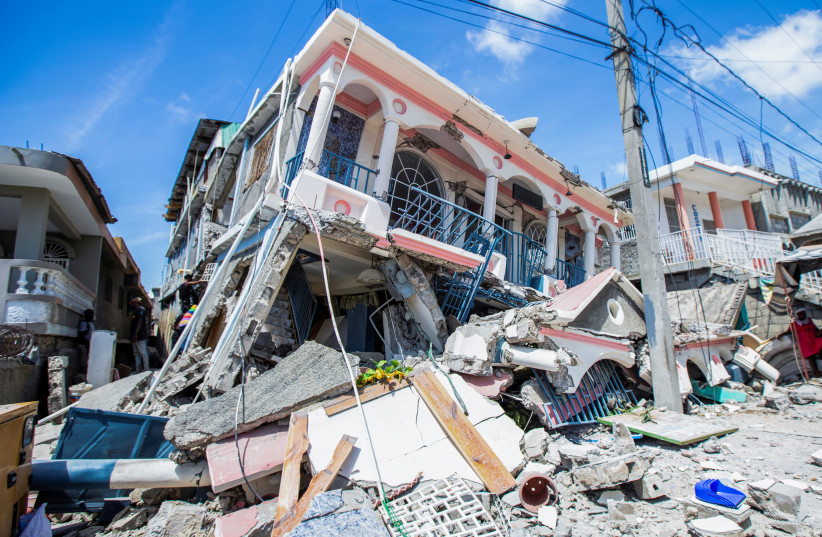
Why are some earthquakes stronger than others?
As stated earlier, earthquakes can range in intensity. This intensity is measured in magnitude via the Richter scale, created by Charles Francis Richter in the 1930s.
Contrary to popular belief, there isn't technically a limit to this scale – the Richter scale doesn't have a limit to how much magnitude a given earthquake could be. However, there is a limit to how much they could be due to the Earth's size. For example, the Earth is physically not large enough for a magnitude 12 earthquake to ever occur.
This is because of what determines how strong an earthquake is: The size of the fault area.
Generally speaking, a fault line that is too small can't result in extremely devastating earthquakes. This is why a magnitude 12 earthquake on Earth is impossible: The fault line necessary would be bigger than the planet.

Can earthquakes happen anywhere?
Yes. There isn't anywhere on Earth where an earthquake can't happen. They even happen in space, with quakes being detected on the Moon, Venus and Mars – the latter known as marsquakes.
They can also happen at any time.
However, we do know that some places may be more prone than others, considering the location of fault lines and tectonic plate movements.
This is interesting when attempting to understand the recent earthquakes that struck Turkey and Syria.
Turkey is uniquely suited to being prone to earthquakes due to its location, which is where three tectonic plates – the African, Arabian and Anatolian plates – all intersect.
Likewise, it also rests on a couple of major fault lines: the Dead Sea Transform fault, the East Anatolian fault and the North Anatolian fault.
And this is only scratching the surface of how very complex the tectonic plate movement and seismic activity in and around Turkey have always been.
In fact, according to Turkey's Disaster and Emergency Management Presidency, the country has one of the highest earthquake rates in the world, with at least one magnitude 5 earthquake every year.
In general, earthquakes are most common in a few specific areas.
The first is the circum-Pacific seismic belt, also known as the Ring of Fire. This horseshoe-shaped zone is 40,000 kilometers long and ranges from south of New Zealand going north through Indonesia, Japan, the tip of Russia's Kamchatka peninsula and then down the West Coast of the Americas and possibly as far south as Antarctica.
The tectonic plate movements in these areas, which go around the entirety of the Pacific plate, cause severe volcanic eruptions and earthquakes, and it is where a majority of the world's largest eruptions and quakes occur, with the USGS noting that 81% of the world's strongest earthquakes happen here.
The next is the Alpide belt, which ranges from western Indonesia into the Himalayas and then into the Mediterranean before hitting the Arctic. It is here that 17% of the world's strongest earthquakes happen.
But still, earthquakes can happen anywhere.
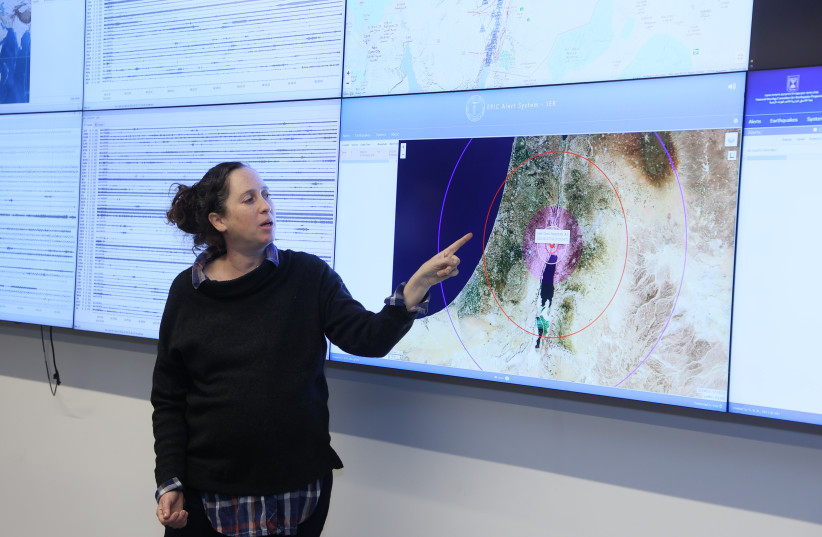
How can we predict earthquakes?
Some believe there are ways of predicting earthquakes in advance, giving a warning for when they could happen.
Unfortunately, they're all wrong. You can't accurately predict an earthquake.
There are some ways of guessing, such as studying tectonic plate movements and the amount of time between quakes. For example, just days before the devastating earthquake in Turkey and Syria, Dutch geologist Frank Hoogerbeets predicted on Twitter that there would soon be a magnitude 7.5 earthquake in the region – the one that occured ended up being larger.
Despite this, there still isn't really any way of ever predicting an earthquake's precise time, magnitude and location well enough in advance. All we do know is a general idea of where it could happen and if it could be bad.

Why are earthquakes so dangerous?
Contrary to some misconceptions, an earthquake itself is absolutely harmless to human life. The ground just shakes and the quake itself doesn't even last that long.
The same can't be said of everything the earthquake causes around you.
Earthquake shaking can destabilize infrastructure and topple buildings. This resulting debris is what will likely end up killing people.
Likewise, it can also destabilize gas infrastructure, causing fires and explosions.
But what if you're outside? After all, this is the safest place to be should an earthquake happen, and maybe you're far enough away from any buildings. Unfortunately, earthquakes can still cause landslides, which can be fatal.
And, if an earthquake is big enough and near a large body of water, it can also cause a massive tidal wave known as a tsunami, which can be devastating to coastal areas.
And don't think being inland is guaranteed to save you: Tsunamis can happen in lakes too. In fact, this happened in 1837 in the Sea of Galilee (Lake Kinneret) in what is now Israel, with a tsunami from the late devastating the cities of Safed and Tiberias.
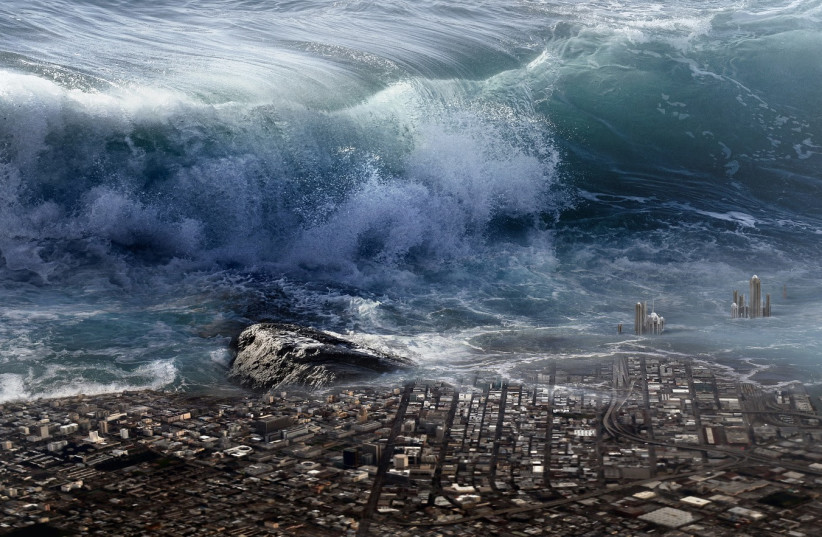
Can humans cause earthquakes?
Technically, humans can and have caused some seismic activity. This was through certain kinds of waste disposal, deep mining and filling reservoirs as well as some nuclear testing. However, as the USGS stressed: These earthquakes have all been minor and they have been one-offs.
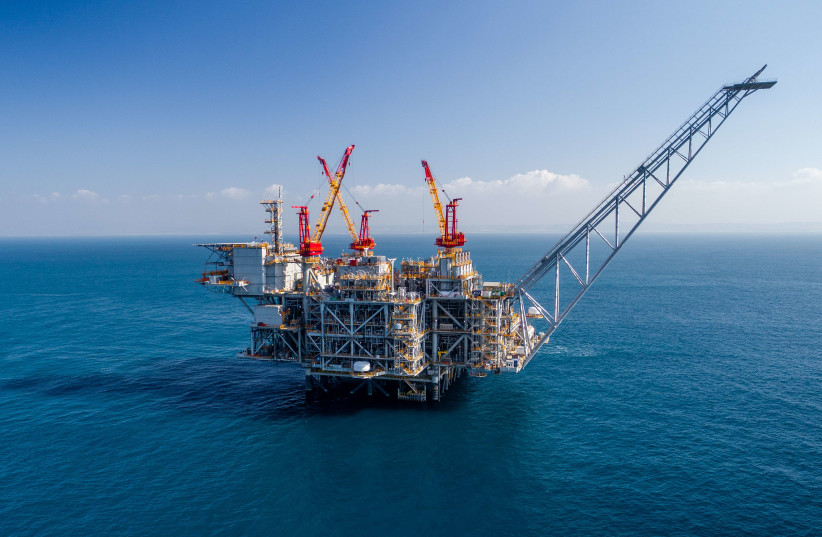
Does climate change cause earthquakes?
First off, there is no connection between weather and earthquakes, despite a myth going back thousands of years to the contrary (though technically there are "slow earthquakes" that can happen due to hurricanes, but these are gradual and cause little to no damage, as the USGS noted).
This makes sense since earthquakes happen underground, where surface temperature and conditions are irrelevant.
However, climate change can in theory have an impact on earthquakes. This is because the only real variable in earthquakes is the amount of stress on a fault line. According to NASA geophysicist Paul Lundgren, the main way this could happen is if climate change caused surface water to add to the stress on a fault.
These do happen and are known as microseismicity, tiny earthquakes with magnitudes below zero on the Richter scale that humans can't feel.
Then there are droughts. As noted by NASA researcher Donald Argus, droughts can alter the size of mountains due to a loss of water. This could, in theory, result in a change of stress on faults. Other studies have also noted that groundwater extraction by humans during droughts can also impact stress by essentially changing the weight of the planet's crust, which could cause changes between both sides of a fault line and could, in theory, cause an earthquake.
Then there are glaciers, which themselves move around. As glaciers move around due to climate change, these can cause glacial earthquakes. This can actually reduce earthquakes because it will reduce stress loads.
But this comes at the cost of increasing magma movement, which could therefore in theory cause volcanic eruptions to become more frequent, as noted by NASA.
The key to all of this is "in theory," though. Because earthquakes are so unpredictable, it is extremely difficult to say for sure how much of a role climate change could play.
But while climate change's roles are unclear, the role of the same processes that cause climate change is far more evident.
As explained by the USGS, earthquakes in the central and eastern US have skyrocketed in recent years. Between 1973 and 2008, the eastern US had an average of 21 earthquakes a year between magnitude 3 and a bit larger. But Between 2009 and 2013, this jumped to 99 magnitude 3 earthquakes and higher per year. 2014 alone had 659 magnitude 3 and above earthquakes. Some of these were even as high as magnitude 5.6, which is enough to cause damage.
And all of this seems to be due to gas and oil production, the very things that are the most destructive in terms of greenhouse gas emissions and worsening climate change. Specifically, it is because of how wastewater is injected in deep disposal wells, which essentially lubricates the faults. However, the USGS states that fracking doesn't have this effect.
So in other words, climate change may or may not be a factor in earthquakes, but the same things that cause climate change are.
